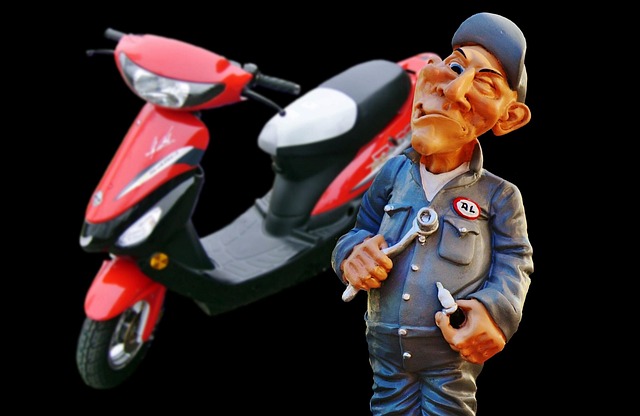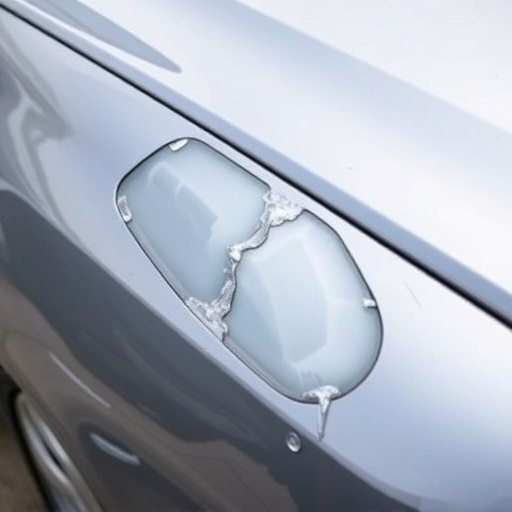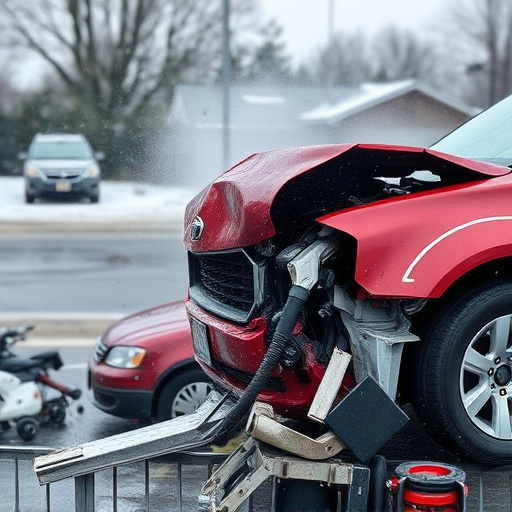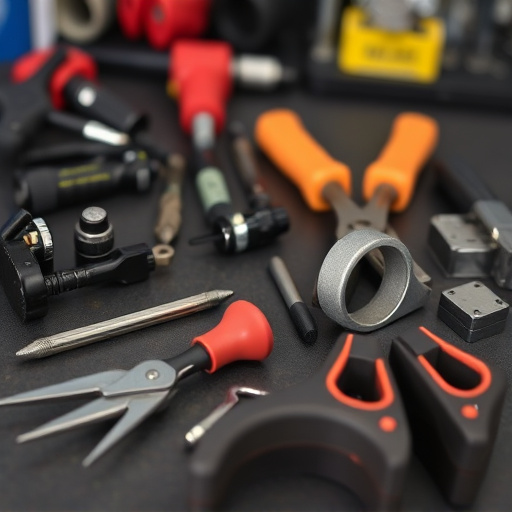Passenger van body repair is crucial for minimizing downtime in transportation and logistics fleets. Modern techniques like CAD and robotic welding speed up repairs while enhancing precision, allowing companies to swiftly address damage from minor hail to extensive collisions. Efficient repairs focus on quick vehicle turnaround, ensuring drivers resume routes without delay, directly impacting productivity and maintaining customer satisfaction.
In today’s competitive transport landscape, minimizing downtime for passenger vans is key to maintaining operational efficiency. This article delves into the critical role of passenger van body repair in reducing idle time. We explore common types of damage and why efficient repair techniques are essential. By examining measured successes in downtime reduction, we highlight the significant benefits of advanced passenger van body repair practices for businesses and fleet managers.
- Understanding Passenger Van Body Damage Commonality
- The Role of Efficient Body Repair Techniques
- Measuring Success: Reduced Downtime Benefits
Understanding Passenger Van Body Damage Commonality
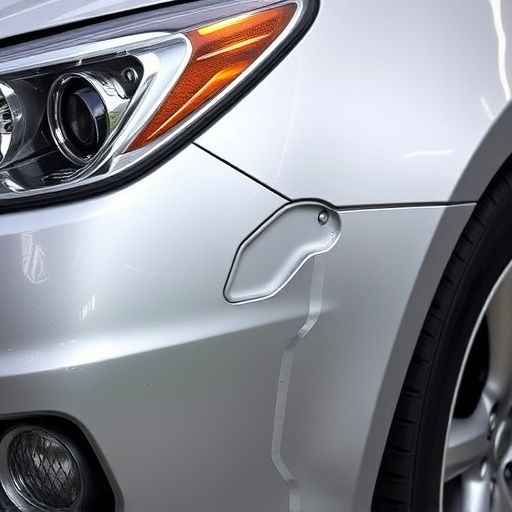
Passenger vans, due to their frequent use and exposure to various driving conditions, are prone to specific types of body damage. Common issues include dented panels, cracked windshields, and damaged doors from parking lot incidents or road debris. These problems not only affect the vehicle’s aesthetics but can also compromise safety, particularly with auto glass replacement being a critical aspect of collision repair.
Understanding these common damage patterns is essential for efficient passenger van body repair. Techniques like paintless dent repair offer a fast and cost-effective solution, preserving the vehicle’s original finish. This method, along with prompt attention to other repairs, such as fixing cracked windshields, ensures that vans return to service swiftly, minimizing downtime and keeping businesses operating smoothly.
The Role of Efficient Body Repair Techniques
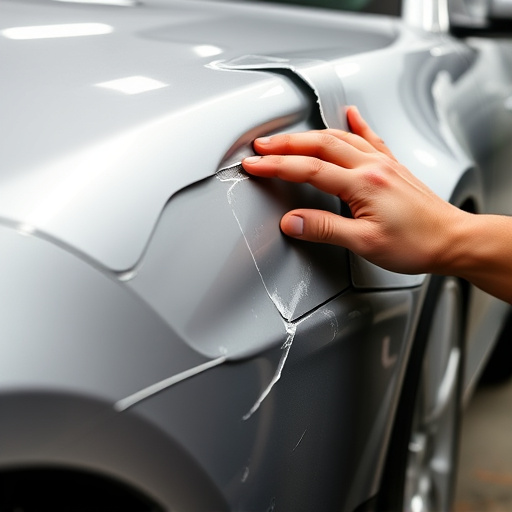
Efficient passenger van body repair techniques play a pivotal role in minimizing downtime for businesses relying on their fleets. In the dynamic world of transportation and logistics, where every minute of operation counts, swift and precise repairs are not just beneficial; they’re essential. Modern repair methods, often incorporating advanced technologies like computer-aided design (CAD) and robotic welding, ensure that damaged vans can be restored to their original specifications in record time.
These innovative techniques not only speed up the repair process but also enhance precision, resulting in superior quality work. Whether it’s a minor fender bender or more extensive damage, efficient body repair allows companies to keep their vehicles on the road, maintaining operational efficiency and customer satisfaction levels. By adopting these practices, businesses can compete effectively in today’s fast-paced market.
Measuring Success: Reduced Downtime Benefits
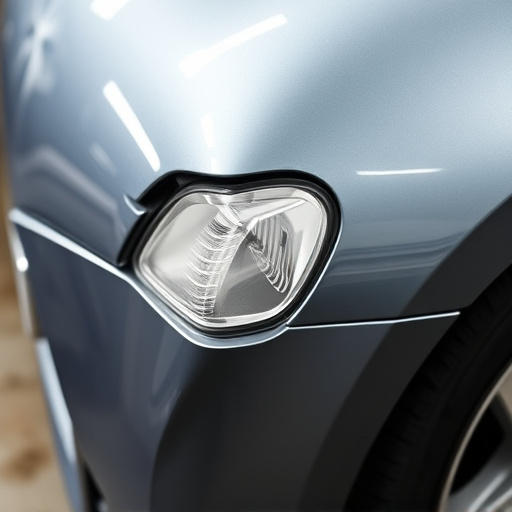
Measuring success in passenger van body repair isn’t just about the quality of the fix; it’s also—and perhaps more importantly—about reducing downtime. In a world where time is money, minimizing the time a van is out of commission can significantly impact a business’s bottom line. Efficient repairs, whether that involves hail damage repair, paintless dent repair, or collision repair, translate to faster fleet turnover and increased productivity.
When a van is repaired swiftly and effectively, it means drivers can get back on the road promptly, completing their routes without delay. This direct correlation between swift repairs and operational efficiency underscores the critical role passenger van body repair plays in keeping businesses running smoothly. By prioritizing quick turnaround times alongside superior craftsmanship, companies can ensure their vans are not only restored to their pre-incident condition but also remain reliable assets for extended periods.
Passenger van body repair plays a pivotal role in minimizing downtime for commercial vehicle fleets. By employing efficient repair techniques, businesses can significantly reduce off-road time, enhancing operational efficiency and cost savings. Understanding common damage types and adopting modern repair methods ensures faster turnaround times, keeping vans on the road and profits rolling in.
